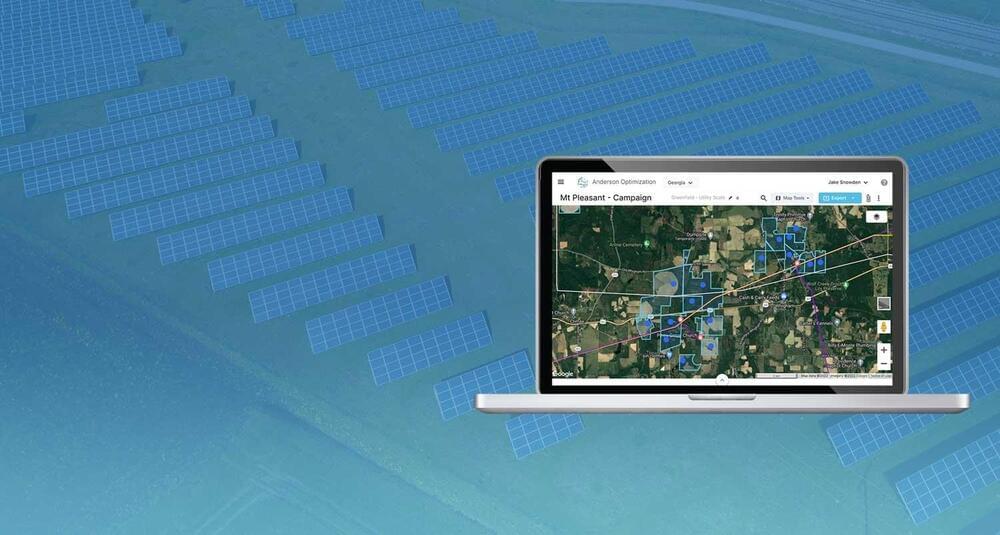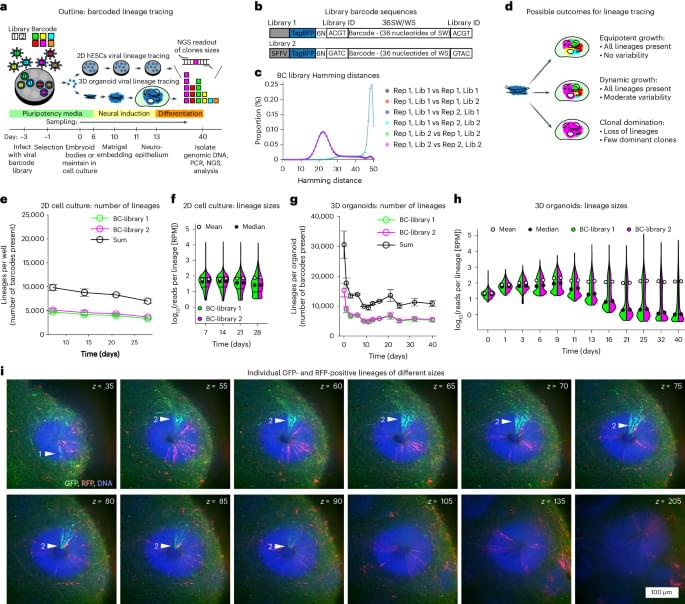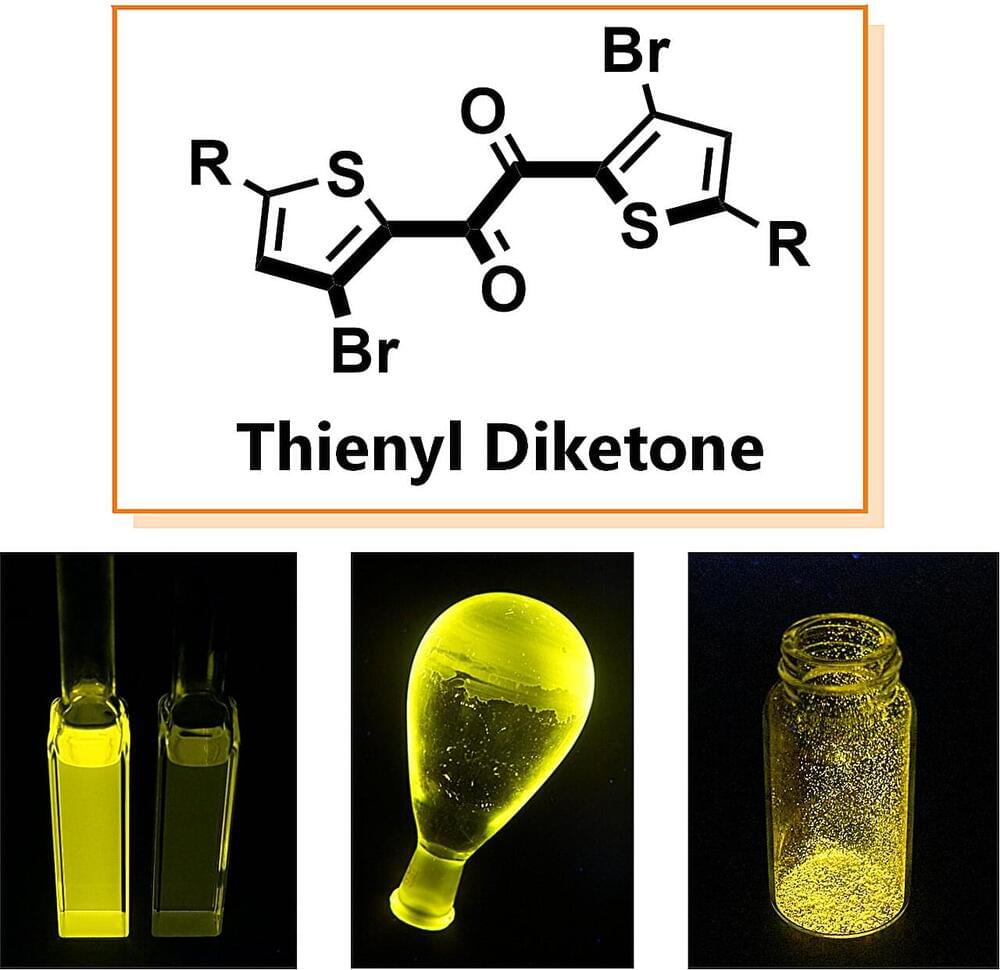Ever wondered what unique abilities Claude 3.5 has that ChatGPT-4 can’t match? Dive into this ey…
Get the latest international news and world events from around the world.


Dark Comets and the Potential Delivery of Water to Earth
“We think these objects came from the inner and/or outer main asteroid belt, and the implication of that is that this is another mechanism for getting some ice into the inner solar system,” said Aster Taylor.
What are dark comets and how are they responsible for delivering water to the Earth? This is what a recent study published in Icarus hopes to address as a team of international researchers investigated the origins of dark comets and their evolution throughout the history of the solar system, including how much water they could have potentially brought to Earth in the past. This study holds the potential to help astronomers better understand dark comets and the formation and evolution of planetary bodies throughout the solar system.
Dark comets are often described as being a combination of asteroids and classified based on their unique behaviors, specifically their ability to accelerate without the aid of gravitational means, which researchers have previously hypothesized to be invisible gas jets emanating like traditional comets. Additionally, their physical characteristics consist of dark surfaces that could be hiding an icy subsurface, whereas traditional comets exhibit icy characteristics directly on their surface.

Buzz Aldrin, Apollo 11 astronaut who walked on the moon, will speak in San Diego this month
Edwin “Buzz” Aldrin, the Apollo 11 astronaut who became the second person to set foot on the moon during a mission that captivated the world in the summer of 1969, will be a featured speaker at the San Diego Air and Space Museum on July 20.
Aldrin, 94, is scheduled to participate in a question-and-answer session during a gala that will be held on the 55th anniversary of the moon landing, which was broadcast to an estimated 650 million people on Earth.
Astronaut Neil Armstrong left the lunar module Eagle first and famously said, “That’s one small step for man, one giant leap for mankind,” as he touched the surface.

The Last 6 Decades of AI — and What Comes Next | Ray Kurzweil | TED
How will AI improve our lives in the years to come? From its inception six decades ago to its recent exponential growth, futurist Ray Kurzweil highlights AI’s transformative impact on various fields and explains his prediction for the singularity: the point at which human intelligence merges with machine intelligence.
If you love watching TED Talks like this one, become a TED Member to support our mission of spreading ideas: https://ted.com/membership.
Follow TED!
X: / tedtalks.
Instagram: / ted.
Facebook: / ted.
LinkedIn: / ted-conferences.
TikTok: / tedtoks.
The TED Talks channel features talks, performances and original series from the world’s leading thinkers and doers. Subscribe to our channel for videos on Technology, Entertainment and Design — plus science, business, global issues, the arts and more. Visit https://TED.com to get our entire library of TED Talks, transcripts, translations, personalized talk recommendations and more.
Watch more: https://go.ted.com/raykurzweil.
The 4 biggest ideas in philosophy, with legend Daniel Dennett for Big Think+
“Forget about essences.” Philosopher Daniel Dennett on how modern-day philosophers should be more collaborative with scientists if they want to make revolutionary developments in their fields.
Up next, How Temple Grandin embraces autism ► • Einstein would probably be in an aut…
Philosophy and science haven’t always gone hand-in-hand. Here’s why that should change.
Daniel Dennett, an Emeritus Professor from Tufts University and prolific author, provides an overview of his work at the intersection of philosophy and science. Many of today’s philosophers are too isolated in their pursuits, he explains, as they dedicate their intellect purely to age-old philosophical ideas without considering the advancements of modern science. If our understanding of reality evolves with every new scientific breakthrough, shouldn’t philosophical thought develop alongside it?
In just 11 minutes, Dennett outlines the four eras he evolved through on his own journey as a philosopher: classical philosophy, evolutionary theory, memetic theory, and the intentional stance. Each stage added depth to his perspective and understanding, enriching his personal journey as a philosopher and his analysis of how philosophy, when used correctly, can help us comprehend human behavior.
Dennett’s key takeaway is a request for philosophers to reevaluate their methodologies, urging modern-day thinkers to embrace the insights offered by new scientific discoveries. By combining the existential and theoretical viewpoints of philosophers with the analytical and evidential perspective of scientists, we can begin to fully and accurately interpret the world around us. Maybe, with this type of collaboration, we can begin to answer the questions that started our intellectual pursuits in the first place, so many hundreds of years ago.

The Promise and Peril of AI
In early 2023, following an international conference that included dialogue with China, the United States released a “Political Declaration on Responsible Military Use of Artificial Intelligence and Autonomy,” urging states to adopt sensible policies that include ensuring ultimate human control over nuclear weapons. Yet the notion of “human control” itself is hazier than it might seem. If humans authorized a future AI system to “stop an incoming nuclear attack,” how much discretion should it have over how to do so? The challenge is that an AI general enough to successfully thwart such an attack could also be used for offensive purposes.
We need to recognize the fact that AI technologies are inherently dual-use. This is true even of systems already deployed. For instance, the very same drone that delivers medication to a hospital that is inaccessible by road during a rainy season could later carry an explosive to that same hospital. Keep in mind that military operations have for more than a decade been using drones so precise that they can send a missile through a particular window that is literally on the other side of the earth from its operators.
We also have to think through whether we would really want our side to observe a lethal autonomous weapons (LAW) ban if hostile military forces are not doing so. What if an enemy nation sent an AI-controlled contingent of advanced war machines to threaten your security? Wouldn’t you want your side to have an even more intelligent capability to defeat them and keep you safe? This is the primary reason that the “Campaign to Stop Killer Robots” has failed to gain major traction. As of 2024, all major military powers have declined to endorse the campaign, with the notable exception of China, which did so in 2018 but later clarified that it supported a ban on only use, not development—although even this is likely more for strategic and political reasons than moral ones, as autonomous weapons used by the United States and its allies could disadvantage Beijing militarily.
#44/100: Discriminating 2 qubits, no false pos’s || Quantum Computer Programming in 100 Easy Lessons
This is the first lesson that will eventually lead to Grover’s Algorithm and Rotation (Phase) Estimation. We talk about the task of distinguishing between two qubit states, with \.

New organic molecule shatters phosphorescence efficiency records and paves way for rare metal-free applications
A research team led by Osaka University discovered that the new organic molecule thienyl diketone shows high-efficiency phosphorescence. It achieved phosphorescence that is more than ten times faster than traditional materials, allowing the team to elucidate this mechanism.
The paper is published in the journal Chemical Science.
Phosphorescence is a valuable optical function used in applications such as organic EL displays (OLEDs) and cancer diagnostics. Until now, achieving high-efficiency phosphorescence without using rare metals such as iridium and platinum has been a significant challenge. Phosphorescence, which occurs when a molecule transitions from a high-energy state to a low-energy state, often competes with non-radiative processes where the molecule loses energy as heat.